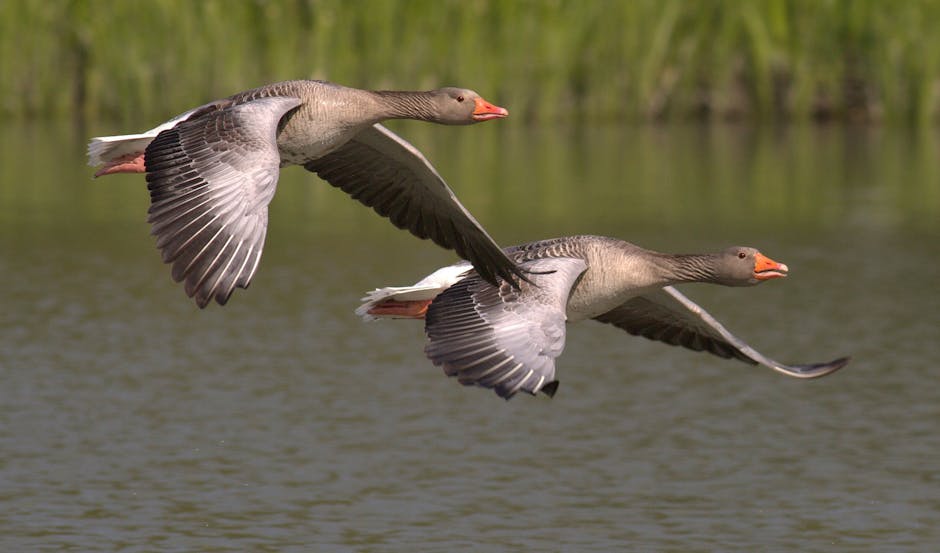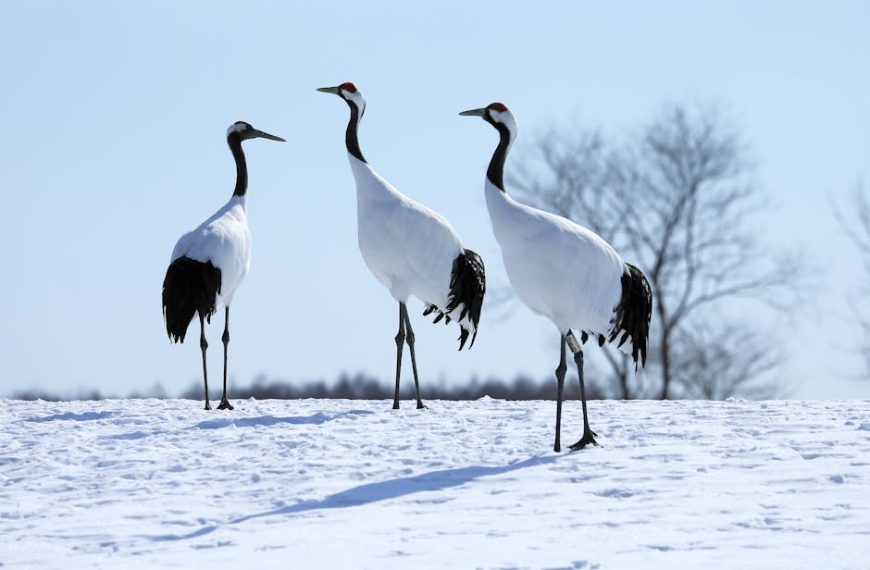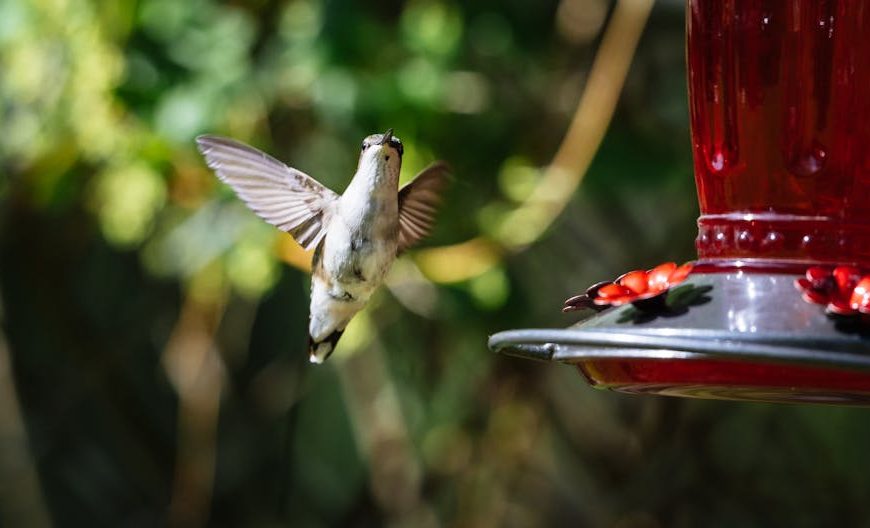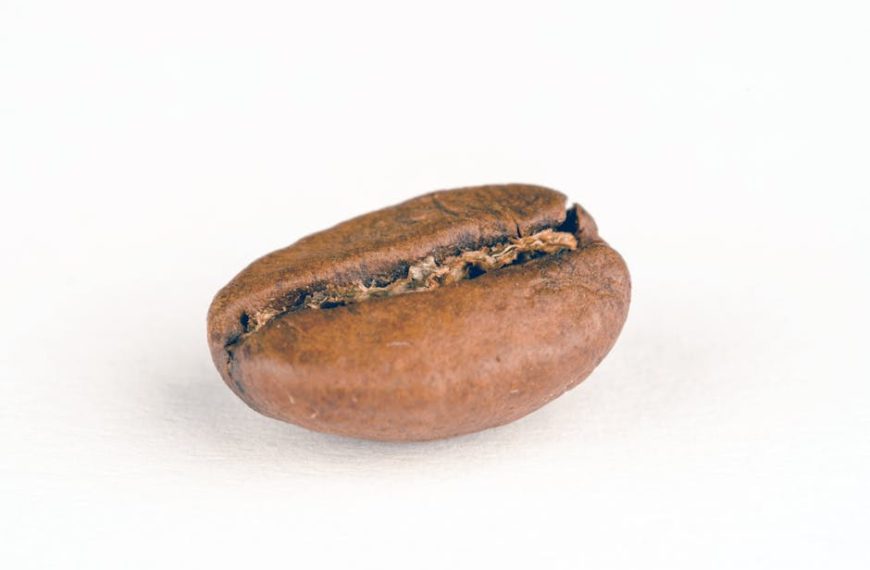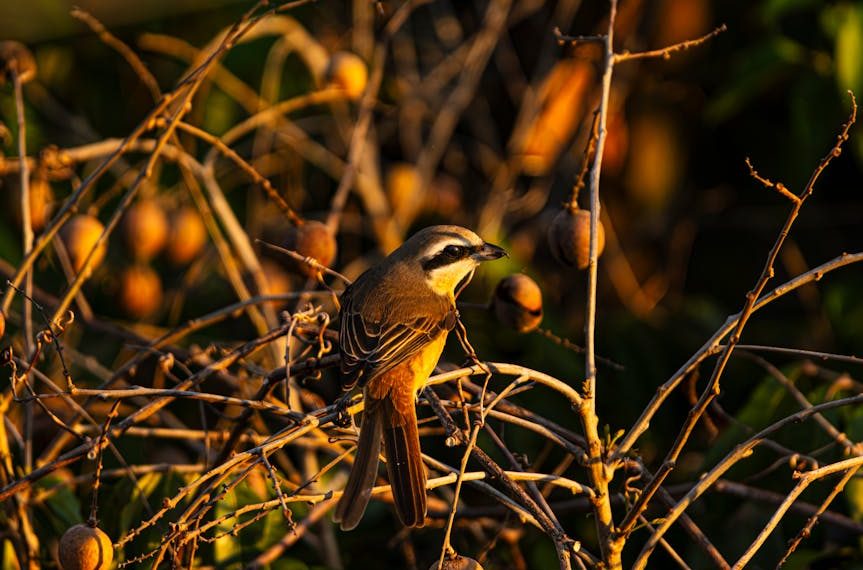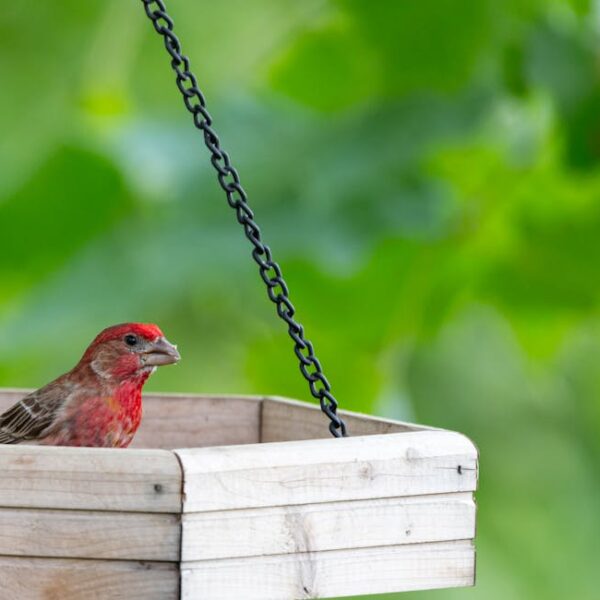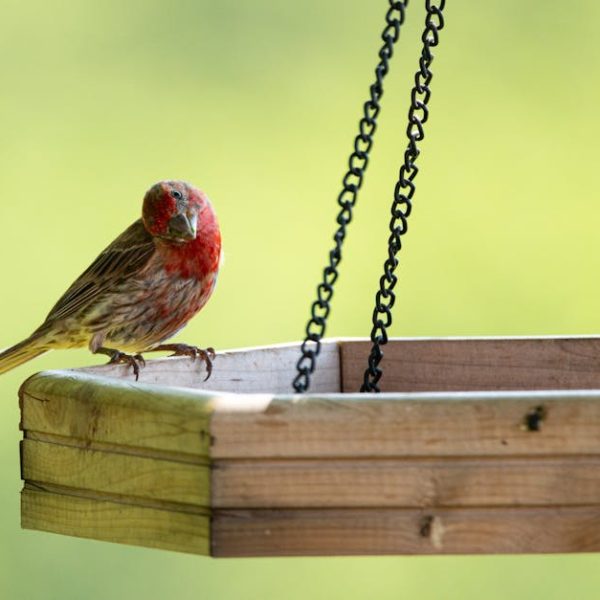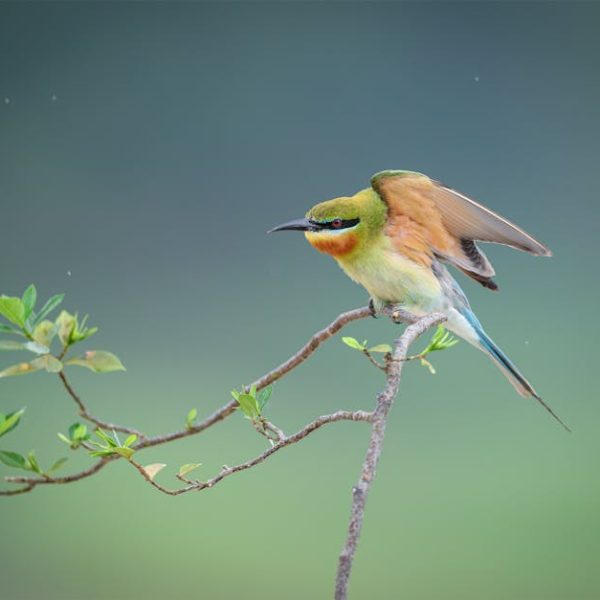While we often share a universal understanding that birds feed predominantly on seeds and insects, there’s a remarkable array of bird species that hold a sweet spot for fruit, specifically oranges. Packed with natural sugars and abundant in essential vitamins and nutrients, oranges present an attractive supplement to their daily feeding routine. Among the numerous fruit-adoring birds, five species stand out for their particular fondness for oranges – Orioles, Northern Mockingbirds, Blue Jays, American Robins, and Cedar Waxwings.
Orioles and their Orange Attraction
Orioles, known for their stunning golden-orange plumage, have a dietary preference that distinctly compliments their appearance. Orioles typically feed on nectar, insects, and fruits, with oranges being one of their favorite fruit snacks. The natural sugars in oranges function as a quick, readily available energy source for Orioles.
- Pro Tip : If you want to attract Orioles to your backyard, simply cut an orange in half and set it out in an open, accessible space.
Moreover, the vitamins present in oranges contribute to the overall health of these colorful birds, promoting a robust immune system and enhanced feather health. To ensure the best feeding environment for Orioles:
- Place oranges on a raised platform to keep them off the ground.
- Refill the oranges when depleted
- Change the oranges every few days to prevent any bacterial buildup
Northern Mockingbird’s Preference for Oranges
Northern Mockingbirds are known for their unique eating habits. These birds are omnivores, picking off insects for protein whilst also relishing various fruits and berries. Amongst their favored servings, oranges hold a particular allure due to their sweet and juicy pulp.
Oranges, rich in natural sugars, provide an ample source of energy that supports the Mockingbird’s unflagging activity levels. A small indulgence in them can swiftly replenish their energy stores, enabling them to continue with their routines energetically.
- Best Practices : Feeding oranges to Northern Mockingbirds is relatively easy, but it is paramount to observe how the bird reacts. If the Mockingbird consistently visits and eats the oranges, it’s safe to say they appreciate the treat!
Also, it’s crucial to be aware of overfeeding. Despite their attraction to the fruit, an all-orange diet can lead to nutritional imbalances, resulting in potential health problems. Hence, moderation is key.
- Pros: Provides energy, loaded with vitamins
- Cons: Can lead to dependency, upset nutritional balance
More will be discussed in the next part regarding the other birds that love to snack on oranges and their feeding habits. Stay tuned!
Blue Jays’ Appetite for Oranges
Blue Jays, vibrant and vocal, also develop quite a liking for oranges. These birds are known for their diversified diet, which includes insects, grains, nuts, and an occasional treat of fruits. Interestingly, oranges tend to captivate their feathered taste buds quite often.
Consuming oranges allow Blue Jays to incorporate vital vitamins into their diet, supplementing their health and contributing to their flamboyant feathers.
- Comparison : Unlike Orioles and Northern Mockingbirds that are strictly fruit and insect eaters, Blue Jays have a more balanced and diversified diet, with grains and nuts serving as their staple.
Would you like to attract Blue Jays with oranges in your backyard? Here are few tips:
- Use a hanging feeder filled with orange slices to attract Blue Jays.
- Mix in few peanuts with the orange slices, which are the favorite of Blue Jays.
- Locate the feeder near trees, so the Blue Jays can easily retreat.
- Refill the feeder before it gets completely empty.
The American Robin and the Orange Delicacy
American Robins are uncharacteristically bold and territorial creatures. They have an omnivorous diet that encompasses a distinctive preference for oranges. American Robins devour oranges particularly during their breeding season, when they seek supplementary vitamins and energy.
The vitamins found in oranges greatly support American Robins’ metabolism, contributing healthful benefits to their overall wellbeing.
- Pro Tip : American Robins are most active during the early morning and evening hours. Placing out the oranges during these times will be most effective at attracting them.
However, we must not forget the necessity of a diverse diet for these birds. Overfeeding oranges can create a disproportionate diet influencing their health negatively. Therefore, it is crucial to maintain a balance.
- Pros: Helps in breeding seasons, provides necessary vitamins
- Cons: Can result in over-dependency, leads to diet imbalance
Cedar Waxwings and their Orange Feasts
Cedar Waxwings are stunning birds recognized for their crest and sleek appearance. They primarily thrive on a diet consisting of berries and small fruits. However, Cedar Waxwings take an exceptional delight in oranges.
They are frugivorous birds, which means fruit, like oranges, play a significant part in their diet. The sugars gained from oranges meet the energy demands of their day-to-day activities.
- Best Practices : Always ensure the oranges are fresh before serving. Cedar Waxwings are prone to catching infections from rotten fruits.
Comparing Cedar Waxwings with other birds, it is interesting to note how integral fruit consumption is for them:
| Bird Species | Fruit Consumption |
|---|---|
| Cedar Waxwings | High – fruits form the majority of their diet |
| American Robins | Moderate – fruits often supplemented with insects |
| Blue Jays | Low – fruits occasionally supplemented with grains and nuts |
Facilitating a backyard full of feathered friends snacking on oranges can be an enthralling sight to behold. Just follow the pro tips, best practices, and checklists to attract birds and make orange feeding a delightful ritual!
Key Takeaway:
- Orioles, Northern Mockingbirds, Blue Jays, American Robins, and Cedar Waxwings have a distinct preference towards oranges, contributing to their energetic behavior and overall health.
- It is crucial to balance the birds’ diet with other nutritional elements to avoid dependency on oranges alone.
- Proper feeding practices like providing fresh oranges, replacing them regularly, and setting them in accessible spaces can help attract these birds to your backyard.
Take heart in knowing that you’re doing a great deed feeding these birds while also treating yourself to a splendid view of delighted feathered friends right in your backyard. With careful observation and mindful feeding, you’ll soon thrive in hosting these birds regularly.
FAQs
Q: Are oranges harmful to any bird species?
A: While most birds can safely consume oranges, some may not prefer them. Always observe how birds react to the oranges and discontinue if they show any signs of discomfort or disinterest.
Q: Can I feed other fruits to these birds apart from oranges?
A: Absolutely! While this article focused on oranges, birds such as Orioles, Northern Mockingbirds, Blue Jays, American Robins, and Cedar Waxwings might also enjoy apples, berries, and other fruits.
Q: What should I do if the birds don’t show interest in the oranges I put out?
A: If you notice the birds are not taking an interest in oranges, try changing their location, mix it with other feed they love, or try a different fruit.
Q: How frequently should I replace the oranges?
A: To prevent bacterial buildup, it’s advisable to replace the oranges every few days, or as soon as they show signs of spoiling.
Q: Can I attract rare bird species with oranges?
A: While oranges may not guarantee the arrival of rare birds, they have been proven to attract a wider variety of bird species including ones mentioned in the article.
Be sure to share this article with other birdwatching enthusiasts as they might find it helpful. Stay tuned for more tips on bird feeding habits and related topics on our website.
